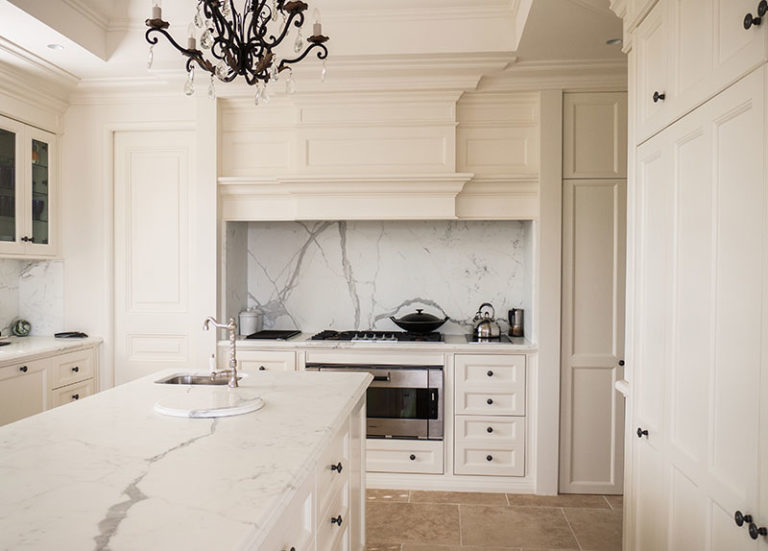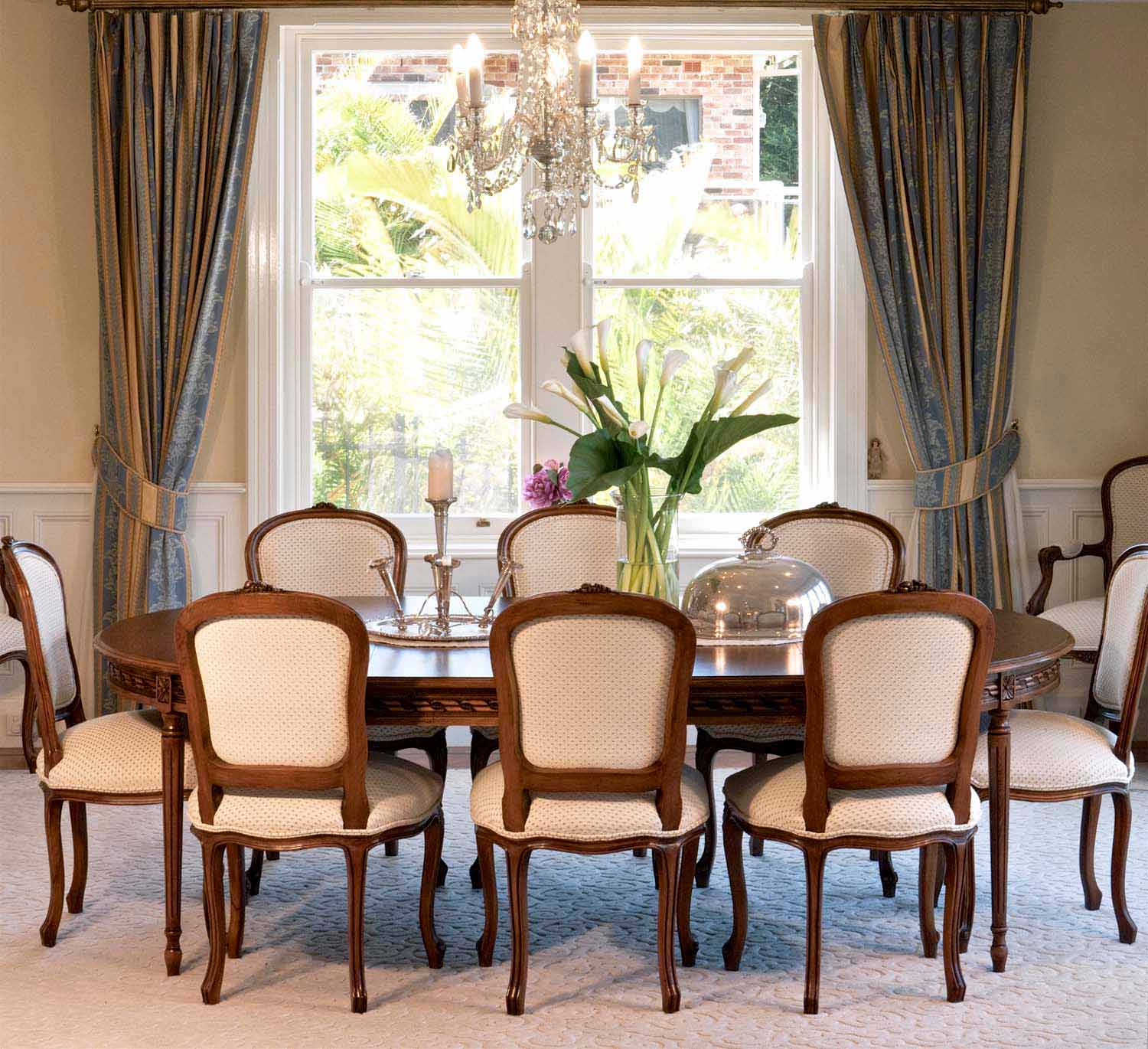Lighting has significant impacts on the mood and success of your interior. We advise not leaving your lighting decision to the end of a redecoration or renovation. No matter how wonderful your interior design is, if it is poorly lit or over lit it can be a major downfall. Lighting design can be a make or break element of your interior design and it’s important to remember that our reactions to light are usually subconscious and that lighting can greatly affect our mood and wellbeing.
Here are some tips to help you make the best lighting choices.

Plan a lighting scheme
Think about the flow of space and where you want the eye to travel. Different areas will need different lighting. Think about the use of each area and the activities you do in each room or part of each room. Where you like to read or undertake detailed tasks, for example, it will need to be bright so you can be awake and alert. Also, think about the features of the room you want highlight and where mirrors are placed, as these reflect the light around the room.
Every room should be a combination of different light types: general lighting, task lighting and decorative lighting.
Lighting in layers
When designing the lighting within your home, plan the lighting in layers. Avoid using only one light source in a room and avoid creating glare or overly bright light. The first layer to consider is ambient light, the second layer is task lighting, the third layer is accent lighting and the final layer is decorative lighting.
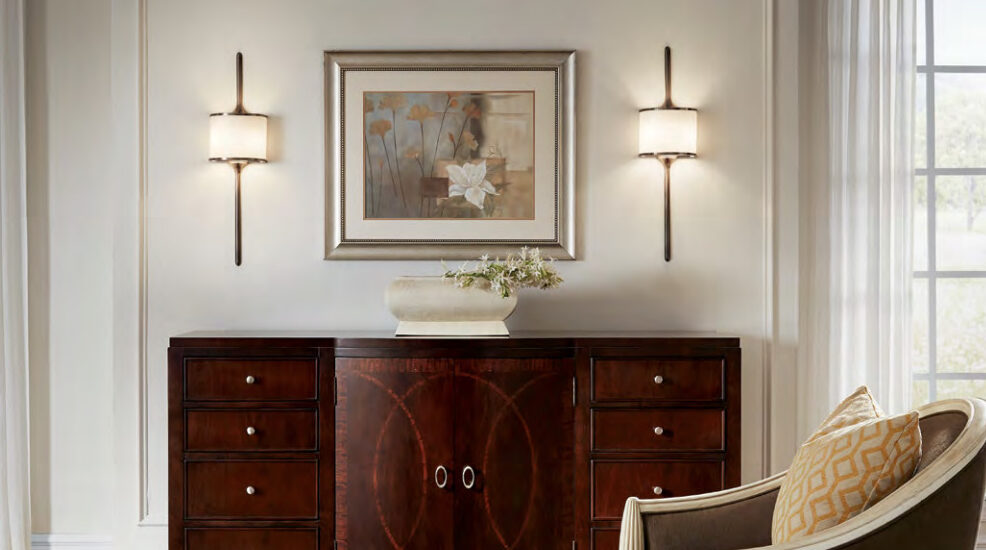
Ambient lighting
Ambient light refers to the indirect light within the room; the overall illumination of the space. It can come from natural light, ceiling lights or wall lights. Ambient lighting should produce a comfortable and consistent level of light throughout the room. This makes it safer and easier to move about the room.
Hanging pendant lights, chandeliers, recessed lighting or track lights are good sources of ambient light. If you choose recessed ceiling lighting, don’t install so many lights that the room is overly bright. In ceiling lights choose medium wattage bulbs. Keep your eye out for any dark areas within the room and add a lamp for more ambient light.
Don’t forget to make the most of the natural light that already exists in each room. A good idea is to place a mirror opposite any window to reflect the natural light around the room.
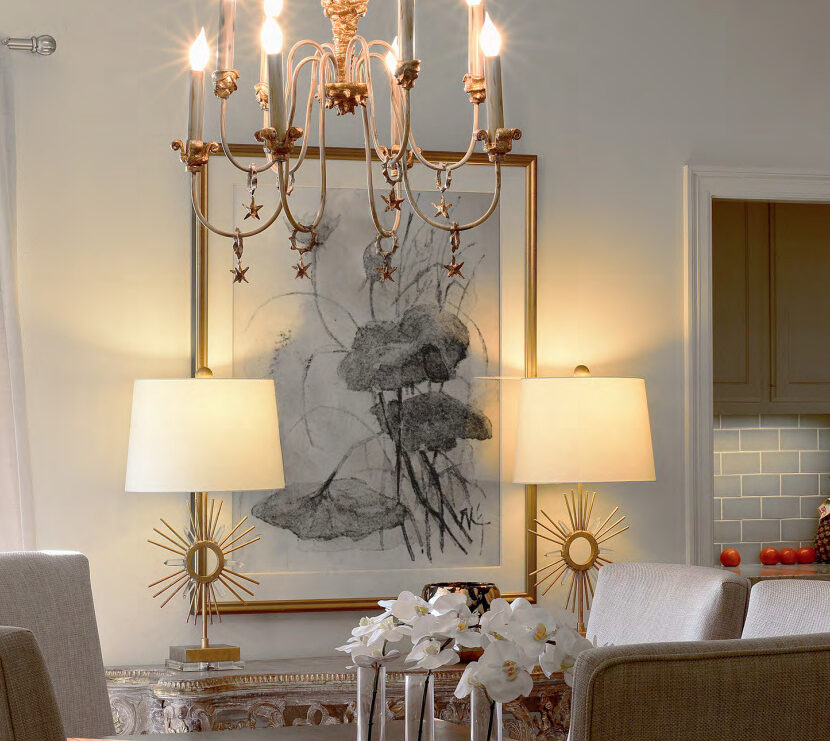
Task lighting
Task lighting is the second layer of lighting you need to think about. Task lighting is about how you use the room. You need to think about your lighting requirements for different activities you perform in each room. Task lighting is targeted lighting; it is light that is directed at a specific area of a room for a particular purpose. These areas include the kitchen bench top, the dining table, your desk or reading chairs.
Floor lamps can provide ideal task lighting for reading or sewing. They can be moved around the room depending on where you need the light. Desk lamps or swing-arm lights are also ideal for localized tasks. Above the kitchen bench hanging pendant lights can cast light downwards directly on to the surface where you need the light. Track lights and spotlights are also great for task lighting. These lights can be adjusted, aimed and positioned depending on exactly where you need the light directed.
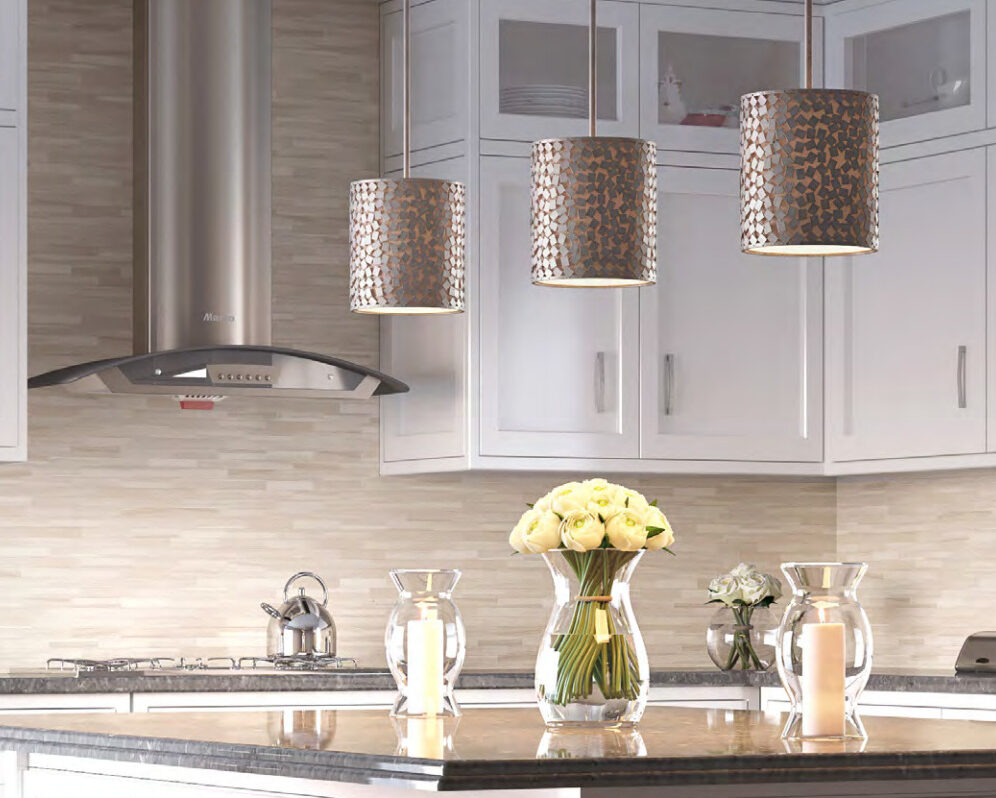
Accent lighting
Accent lighting is the third layer of lighting you need to plan into the lighting scheme of your home. The aim here is to create interest and atmosphere. Accent lighting is used to focus the eye on particular areas of the room. These may include paintings, display cabinets, antiques, photographs or the architecture of the room.
Accent lighting needs to be stronger than the ambient lighting within the room. Otherwise it won’t sufficiently light the object it is trying to accent. Accent lighting can be achieved with small spotlights, picture lights, recessed cabinet lights or swing-arm wall lights. Don’t accent too much within a room. Choose a few features that are aesthetically appealing and focus on these.
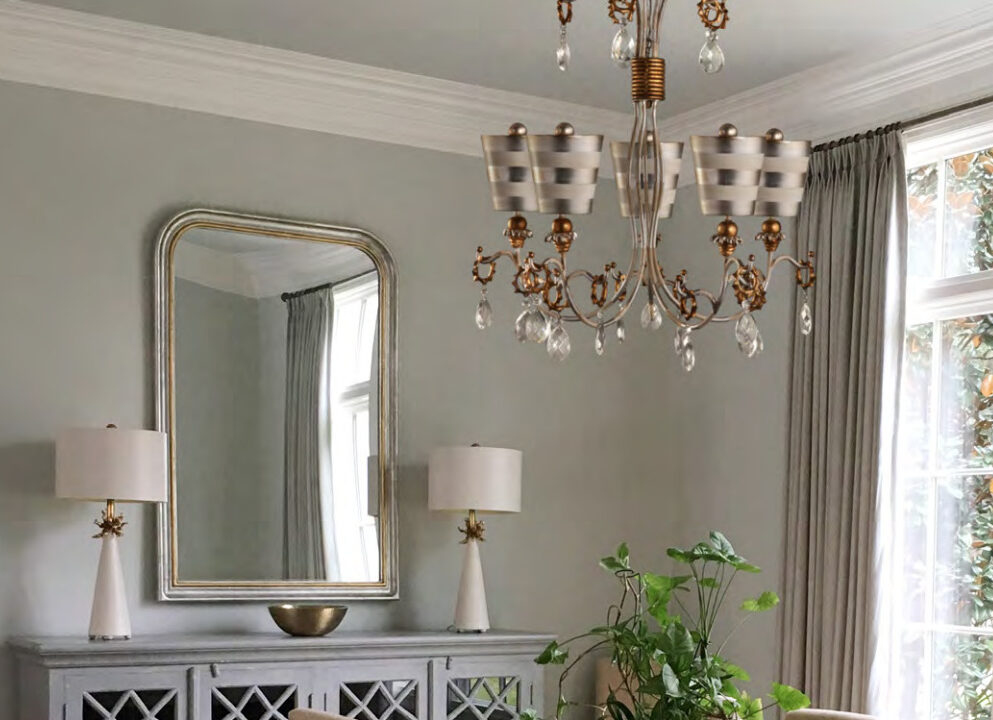
Decorative lighting
The fourth layer of lighting is all about mood. Sometimes we want to create a relaxing atmosphere. Sometimes we want a more romantic atmosphere. Incorporating decorative lighting into your lighting scheme will ensure that you can create that soft warm glow at any time.
Dimmer switches on all ceiling lights are essential for creating mood within the room. Lamps with low wattage bulbs positioned strategically around the room are also ideal ways to create a soft glow in different areas of the room.
Focusing on the colour of the light produced is important. Choose lampshades with warm golden toned fabrics to create a warmer glow. And remember sometimes less light is more when it comes to mood and atmosphere.


